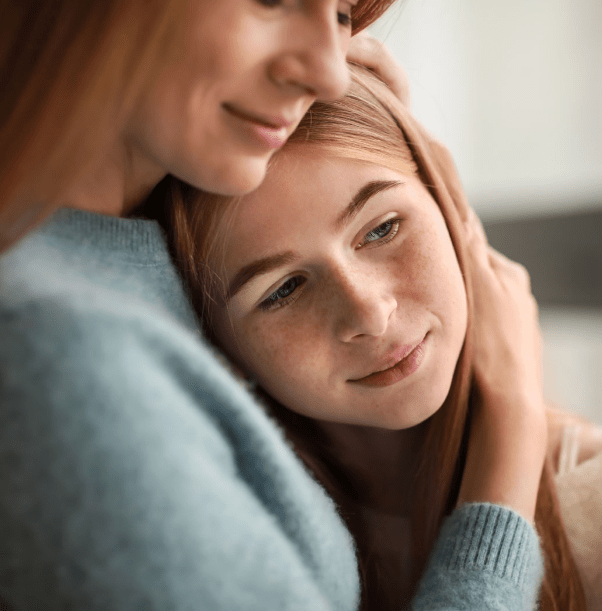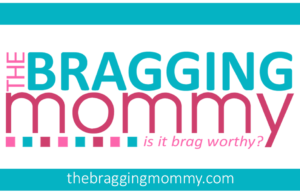When parents in suburban or rural areas just outside Phoenix hear “mental health crisis,” their minds often turn to long waitlists, miles-long commutes, or empty appointment calendars. While Phoenix proper is developing infrastructure via community clinics and emergency interventions, families beyond city limits—particularly in Maricopa County’s rural edges—are increasingly forced to look at residential programs for their struggling teens.

A Growing Desert Beyond the Urban Oasis
According to recent figures, around 90% of Arizona’s communities are considered mental health provider shortage areas, and nearly 34% of those lie in rural counties—many within easy driving distance of Phoenix. These gaps aren’t minor inconveniences. They mean that a teenager wakes up in crisis, only to find the nearest counselor or psychiatrist is tens of miles away.
A 2025 report also found Arizona meets only about 40% of its overall mental health workforce need, ranking poorly—36th—in psychiatrist-to-population ratio (about 1:10,700 versus the national average of 1:8,300). That means urgent care, follow-up appointments, or even emergency evaluations are often unavailable or delayed—dramatically stalling any chance for timely intervention.
When Distress Escalates: from Home to Hospital to Residential Care
In densely populated Phoenix and Maricopa County, hospital systems like Phoenix Children’s have invested heavily in urgent mental health support. Their Bridge Clinic, which sees over 5,300 appointments in 2021, aims to stabilize teens discharged from Emergency Departments. Their Zero Suicide initiative means any child walking into a routine clinic or sports check-up is screened—then fast-tracked to therapy the same day if red flags appear .
Yet even with these advances, rural families often can’t access the first assessment, let alone follow‐up care. Telehealth pilot programs now attempt to close the gap—but school-based services only reach so far. Simple logistics—no car, long distances, poor internet—make teletherapy ineffective for many teens in crisis.
When a teen is no longer just overwhelmed but at risk of self‑harm, hospitalization or harm to others, parents are confronted with few options: wait it out, risk deterioration, or seek more intense—residential—care.
Why Families Turn to Residential Services
Residential mental health programs offer structured, consistent support: therapy, medication management, life‐skills practice, 24/7 supervision, and peer community. For families in remote regions, these programs are sometimes the only reliable path to sustained recovery.
In Maricopa’s rural areas—stretching from Gila Bend to areas near Casa Grande—there simply aren’t enough psychiatrists or clinics, and the crisis doesn’t wait for a next-week appointment. When depression, PTSD from community trauma, or suicidal thinking arise, a residential setting provides the safe, comprehensive environment that outpatient options lack.
How to Choose the Right Residential Program
Parents considering residential care should look for:
- Accreditation and transparency: Does the facility use evidence-based treatment? What are its success rates?
- Continuity of care: Is there a clear handoff plan back home? Does the team coordinate with local providers?
- Family involvement: Are parents included in therapy sessions, educational planning, and transitions?
- Cultural sensitivity: Can the facility adapt to your teen’s background and life in rural Arizona?
Avoid programs that feel more like “boot camps” than therapeutic environments. Instead, seek out residential options rooted in mental health care and healing.
Avery’s House: A Nearby Residential Option
Located just outside the Phoenix metro, Avery’s House is one such residential program that emphasizes a compassionate, teen-centered model. While not every family will choose it, parents sometimes highlight the blend of individual therapy, group support, and family sessions—which can feel surprisingly accessible compared to urban-only programs.
It’s important not to frame this as an endorsement. But mentioning Avery’s House in the right context—as a program some Arizona families have found helpful—can ease parents into exploring more intensive solutions when community care falls short.
Where to Find Help Now
In the meantime, families have several options before considering residential care:
But if these services are tapped, and your teen’s symptoms keep escalating—especially involving self-harm, suicidal thoughts, or emotional breakdown—residential care may offer the structured, constant support they’re struggling to find locally.
A Compassionate Path Forward
As a parent, watching your child struggle is agonizing. You may feel frustrated by appointment waitlists or defeated by lack of nearby psychiatrists. But understanding why residential care becomes a consideration—and knowing what to look for—means you’re not alone.
If your teen has already passed through hospital systems, received community and tele-health support, and continues to need help, it may be time to weigh a residential option. Not as a failure, but as a step toward lasting healing and safety.
At that point, you might explore troubled youth programs in arizona to compare structures, staff credentials, and family involvement policies. Every teen deserves more than a band-aid when they’re in crisis—especially those living in areas without sufficient mental health resources.
This post was contributed by Earl Wagner, a content strategist who specializes in data-driven writing for the mental health sector. His work focuses on increasing awareness of local resources for teens and their families.



